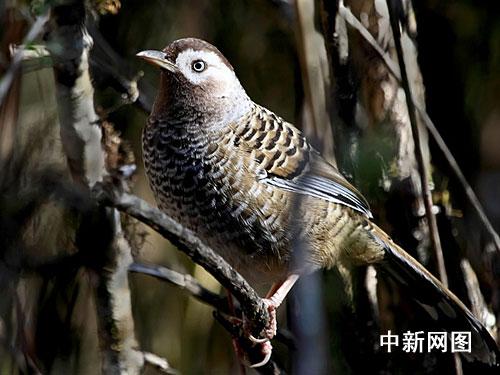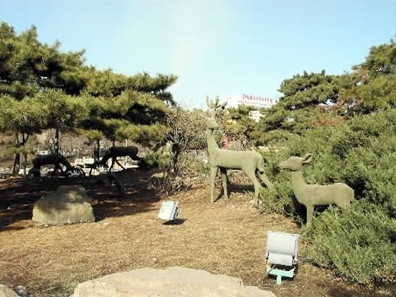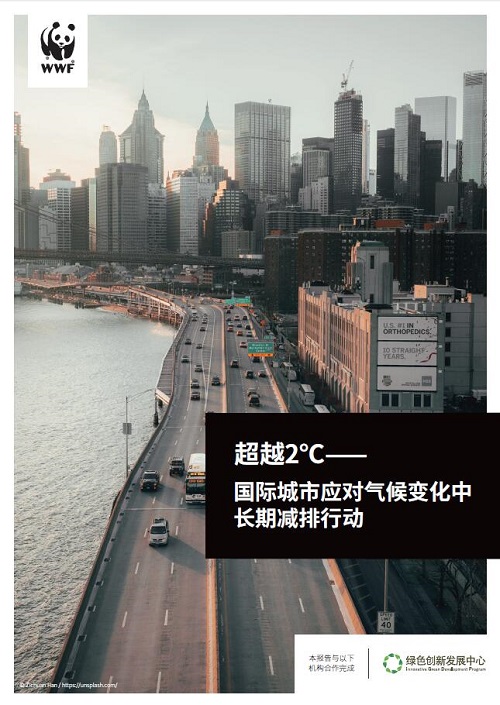
新加坡和日本城市生物多样性指标的借鉴与启示
编号
lyqk008818


中文标题
新加坡和日本城市生物多样性指标的借鉴与启示


作者单位
同济大学建筑与城市规划学院 上海 200092


期刊名称
中国城市林业


年份
2021


卷号
19


期号
1


栏目名称
研究论文


中文摘要
城市中广泛存在的生物多样性是全球生物多样性保护的重要组成部分,城市生物多样性保护工作需要从量度和确认标准开始。文章主要介绍了新加坡指标和日本指标以及基于驱动力-压力-状态-影响-响应模型的城市生物多样性指标概念框架,并指出城市生物多样性指标开发的发展方向,即构建覆盖全尺度的城市生物多样性指标、建设合作共享的信息基础设施、评价城市生物多样性指标本身;最后,结合我国城市生物多样性指标现状和国家对城市发展的要求,从城市本土生物多样性、生态系统服务功能、城市管理措施角度出发,提出我国城市生物多样性指标的开发构想。


基金项目
上海市科技创新性行动计划项目资助(19DZ1203303)


英文标题
Reference and Enlightenment of City Biodiversity Index in Singapore and Japan


作者英文名
Xue Junhuan, Wang Yuncai, Chen Chundi


单位英文名
College of Architecture and Urban Planning, Tongji University, Shanghai 200092, China


英文摘要
City biodiversity is an important part of global biodiversity conservation, and city biodiversity conservation needs to start with measurement and criteria. This paper introduces the Singapore index and Japanese index, and also introduces city biodiversity index conceptual framework which is developed based on the driving force-pressure-status-impact-response model. The trend of city biodiversity index development is pointed out, i.e., to build a city biodiversity index of different scales, to build cooperative and shared information infrastructure and to evaluate city biodiversity index itself. At the end, in view of the status quo of city biodiversity index in China and the requirements of urban development, this paper proposes the conception of city biodiversity index development in China from the perspectives of local urban biodiversity, ecosystem service functions and urban management measures.


英文关键词
city;biodiversity;index;enlightenment;development conception


起始页码
31


截止页码
35,100


投稿时间
2019/10/26


作者简介
薛竣桓(1987-),男,博士生,研究方向为生物多样性与景观生态规划。E-mail:1810173@tongji.edu.cn


通讯作者介绍
王云才(1967-),男,教授,博士生导师,景观学系副主任、同济大学建筑与城市规划学院生态智慧与生态实践研究中心副主任、生态城市化设计国际合作联合实验室国土生态规划设计与环境效应分中心主任,研究方向为图式语言与景观生态规划设计教学、科研和工程实践。E-mail:wyc1967@tongji.edu.cn


E-mail
wyc1967@tongji.edu.cn


DOI
10.12169/zgcsly.2019.10.26.0001


参考文献
[1] United Nations Department of Economic and Social Affairs Population Division.2018 Revision of World UrbanizationProspects[EB/OL].(2018-05-16)[2019-09-03].https://population.un.org/wup/Publications/Files/WUP2018-Report.pdf
[2] 森本幸裕.都市における生物多様性指標の開発にあたって[J].日本緑化工学会誌,2010,36(3):367-368.
[3] Conference of the Parties to the Convention on Biological Diversity.Decision adopted by the conference of the parties to the convention on biological diversity at its tenth meeting[EB/OL].(2010-10-29)[2019-09-03].https://www.cbd.int/doc/decisions/cop-10/cop-10-dec-22-zh.pdf
[4] National Parks Board Singapore.User's manual of the Singapore index on cities' biodiversity[EB/OL].(2014-07-16)[2019-09-03].https://www.nparks.gov.sg/~/media/nparks-real-content/biodiversity/singapore-index/users-manual-on-the-singapore-index-on-cities-biodiversity.pdf
[5] 日本国土交通部.城市生物多样性指标(简易版)[EB/OL].(2018-06-16)[2019-09-03].http://www.mlit.go.jp/common/001152339.pdf
[6] 香坂玲,内山愉太.都市の生物多様性指標の国際的動向:世界の都市は指標をどう活用しているのか[J].ランドスケープ研究:日本造園学会誌,2018,81(4):336-339.
[7] 加藤正嗣.役に立つ「都市の生物多様性指標(CBI)」をめざして[J].日本緑化工学会誌,2010,36(3):369-372.
[8] 三菱UFJ研究咨询公司.关于城市生物多样性指标全日本的评价[EB/OL].(2018-06-16)[2019-09-03].https://www.murc.jp/wp-content/uploads/2016/11/press_161130.pdf
[9] 日置佳之.都市の生物多様性指標は緑地計画に寄与するか?[J].ランドスケープ研究:日本造園学会誌,2018,81(4):348-351.
[10] KOHSAKA R.Developing biodiversity indicators for cities:applying the DPSIR model to Nagoya and integrating social and ecological aspects[J].Ecological Research,2010(25):925-936.
[11] 森本幸裕.都市の生物多様性指標の意義と展望[J].ランドスケープ研究:日本造園学会誌,2018,81(4):370-373.
[12] UCHIYAMA Y,HAYASHI K,KOHSAKA R.Typology of Cities Based on City Biodiversity Index:Exploring Biodiversity Potentials and Possible Collaborations among Japanese Cities[J].Sustainability,2015,7(10):14371-14384.
[13] 加藤正嗣.都市の自然のモノサシづくり:「見る目」の市民的な涵養と共有[J].ランドスケープ研究:日本造園学会誌,2018,81(4):348-351.
[14] 王云才.基于风景园林学科的生物多样性框架[J].风景园林,2014(1):36-41.
[15] 王云才,彭震伟.景观与区域生态规划方法[M].北京:中国建筑工业出版社,2018.
[16] 谢皓,王云才.城市生物多样性设计与实施措施[J].中国城市林业,2010,8(5):29-31.


PDF全文
浏览全文


-
相关记录
更多
- 植物花部特征与访花昆虫互作关系研究进展 2023
- 城市鸟类群落与绿地关系研究进展 2022
- 国内外混交林研究进展 2022
- 遥感技术在森林树种多样性监测中的应用研究进展 2022
- 九龙峰自然保护区不同森林类型乔木层树种组成及其动态变化 2022
- 世界林业教育改革发展现状与趋势 2021
 打印
打印







